

Articles
What Is Best Fertilizer For Tomatoes
Modified: October 28, 2024
Discover the best articles about fertilizer for tomatoes and learn how to choose the right one to maximize your tomato plant's growth and yield.
(Many of the links in this article redirect to a specific reviewed product. Your purchase of these products through affiliate links helps to generate commission for Storables.com, at no extra cost. Learn more)
Introduction
When it comes to growing healthy and bountiful tomato plants, choosing the right fertilizer is crucial. Tomatoes are heavy feeders, requiring ample nutrients to support their growth and fruit production. By providing your tomato plants with the best fertilizer, you can ensure they have the necessary elements for strong roots, lush foliage, and delicious fruits.
In this article, we will explore the importance of selecting the right fertilizer for tomatoes and discuss the factors to consider when making your choice. We will also delve into the differences between organic and synthetic fertilizers, as well as the significance of understanding NPK ratios. Additionally, we will compare slow-release and water-soluble fertilizers and provide guidance on the proper application of fertilizer for your tomato plants.
By the end of this article, you will have a clear understanding of the different types of fertilizers available and be equipped with the knowledge to make an informed decision for the health and productivity of your tomato plants.
Key Takeaways:
- Choose the right fertilizer for tomatoes to promote healthy growth, abundant fruit production, and delicious harvest. Consider factors like nutrient composition, organic vs. synthetic options, and proper application techniques.
- Balance organic and synthetic fertilizers for tomatoes to nourish plants naturally while providing precise nutrient supplementation. Incorporate slow-release and water-soluble options for comprehensive nutrition and healthy, thriving tomato plants.
Read also: 9 Amazing Organic Tomato Fertilizer for 2025
Importance of choosing the right fertilizer for tomatoes
Choosing the right fertilizer for your tomatoes is of paramount importance for their overall health and productivity. Tomatoes have specific nutrient requirements that must be met in order for them to thrive and produce abundant, flavorful fruits.
One of the primary reasons for selecting the appropriate fertilizer is to provide the necessary nutrients that may be lacking in the soil. Soil nutrient deficiencies can adversely affect the growth and development of tomato plants, resulting in stunted growth, yellowing leaves, and poor fruit production. By supplementing the soil with the right fertilizer, you can ensure that your tomato plants receive the nutrients they need to flourish.
Furthermore, the right fertilizer can help to optimize the flavor and quality of your tomato harvest. Tomatoes require a balanced combination of nutrients, including nitrogen, phosphorus, and potassium, to develop their distinctive sweet and tangy taste. By providing them with the correct blend of nutrients through fertilization, you can enhance the flavor and juiciness of your home-grown tomatoes.
Moreover, a well-fed tomato plant is more resistant to pests and diseases. When tomato plants have access to an ample supply of nutrients, they become stronger and better able to fend off attacks from insects and diseases. This helps to ensure a healthy and thriving tomato crop, reducing the need for chemical interventions and promoting ecological balance in your garden or farm.
In addition, proper fertilization can contribute to the overall vigor and vitality of tomato plants. Nutrient-rich soil provides the necessary foundation for robust root development, vigorous vegetative growth, and prolific fruit production. When tomatoes are well-nourished, they are more likely to produce larger, juicier, and more plentiful fruits, allowing you to enjoy a bountiful harvest.
By choosing the right fertilizer for your tomatoes, you not only promote their health and productivity but also contribute to the sustainability and success of your gardening efforts. It is important to understand the specific nutrient requirements of tomatoes and select a fertilizer that meets those needs in order to maximize the yield and quality of your tomato plants.
Factors to consider when selecting a fertilizer for tomatoes
When it comes to selecting a fertilizer for your tomatoes, it’s important to consider several factors to ensure you choose the best option for your plants’ specific needs. Here are some key factors to keep in mind:
1. Nutrient composition: Look for a fertilizer that provides a balanced combination of essential nutrients for tomatoes. The three primary nutrients are nitrogen (N), phosphorus (P), and potassium (K), often abbreviated as NPK. Nitrogen promotes leafy growth, phosphorus aids in root development and fruit formation, and potassium helps with overall plant health and disease resistance. Choose a fertilizer with an NPK ratio that aligns with the specific needs of your tomato plants.
2. Organic vs. synthetic: Decide whether you prefer an organic or synthetic fertilizer. Organic fertilizers are derived from natural sources, such as compost, manure, or bone meal. They release nutrients slowly and improve soil fertility with organic matter. Synthetic fertilizers, on the other hand, are chemically formulated and provide nutrients in a concentrated form. They offer precise control over nutrient content but may lack the soil-building benefits of organic fertilizers.
3. Soil condition: Consider the existing soil condition in your garden or growing area. Conduct a soil test to determine the pH level and nutrient deficiencies. This will help you identify the specific nutrients your soil may lack and choose a fertilizer that can address those deficiencies effectively.
4. Release rate: Determine whether you prefer a slow-release or water-soluble fertilizer. Slow-release fertilizers provide a steady supply of nutrients over an extended period, reducing the risk of overfeeding or nutrient leaching. Water-soluble fertilizers, on the other hand, dissolve quickly in water and provide an immediate nutrient boost. Consider your gardening schedule and preferences to decide which release rate is more suitable for your needs.
5. Environmental impact: Consider the environmental impact of the fertilizer you choose. Some fertilizers, particularly synthetic ones, may leach into water bodies, contributing to water pollution. Organic fertilizers are generally more environmentally friendly as they are made from renewable resources and release nutrients slowly into the soil.
6. Cost and availability: Assess the cost and availability of different fertilizer options. Organic fertilizers may be more expensive but offer long-term benefits for soil health. Synthetic fertilizers are often more readily available and cost-effective but may require more frequent applications.
7. Plant stage: Consider the growth stage of your tomato plants. Young seedlings have different nutrient requirements than mature plants. Choose a fertilizer that matches the specific needs of your tomato plants at each growth stage.
By considering these factors, you can make an informed decision when selecting a fertilizer for your tomatoes. Remember that every garden and growing situation is unique, so it’s essential to tailor your fertilizer choice to your specific needs and goals as a gardener.
Organic fertilizers for tomatoes
Organic fertilizers offer a natural and sustainable approach to nourishing your tomato plants. They are derived from plant or animal sources and provide essential nutrients in a slow-release form. Using organic fertilizers not only enriches the soil but also enhances the overall health and productivity of your tomato plants. Here are some popular organic options to consider:
1. Compost: Compost is a nutrient-rich organic fertilizer created by decomposing organic materials such as food scraps, yard waste, and plant residues. It improves soil structure, retains moisture, and releases a diverse range of essential nutrients gradually. Apply compost to the soil before planting or as a top dressing during the growing season to provide a continuous supply of nutrients to your tomatoes.
2. Manure: Animal manure, such as cow, horse, or chicken manure, is another excellent source of organic fertilizer. It is rich in nitrogen, phosphorus, and potassium, as well as other beneficial micronutrients. However, it is important to compost or age the manure before using it on your tomato plants to avoid the risk of pathogens and minimize nutrient imbalances.
3. Bone meal: Bone meal is a slow-release organic fertilizer made from ground-up animal bones. It is an excellent source of phosphorus, which is crucial for root development and flowering. Incorporating bone meal into the soil prior to planting tomatoes can help promote strong root growth and improve overall plant health.
4. Fish emulsion: Fish emulsion is a liquid organic fertilizer made from fish byproducts. It is rich in nitrogen, making it beneficial for promoting leafy growth in tomato plants. Dilute fish emulsion with water according to the manufacturer’s instructions and apply it as a foliar spray or mix it into the soil to provide a quick nutrient boost.
5. Seaweed extract: Seaweed extract is derived from seaweed and is a fantastic source of trace minerals, vitamins, and growth-promoting hormones. It helps improve plant vigor, enhance root development, and increase disease resistance in tomato plants. Apply seaweed extract as a foliar spray or incorporate it into the soil to maximize its benefits.
6. Cover crops: Planting cover crops, such as clover or legumes, can act as green manure and organic fertilizer for your tomatoes. These plants fix nitrogen from the atmosphere and release it into the soil as they decompose. Before planting tomatoes, incorporate the cover crops into the soil to boost fertility and enrich the organic matter content.
When using organic fertilizers, it’s important to follow the manufacturer’s instructions and avoid over-application, as excessive nutrients can lead to imbalances or nutrient burn. Additionally, regularly amending the soil with organic matter, such as compost, can help maintain long-term soil health and fertility for your tomato plants.
Organic fertilizers not only provide essential nutrients to tomatoes, but they also improve soil structure, promote beneficial microbial activity, and contribute to a more sustainable gardening approach. By opting for organic fertilizers, you can nourish your tomato plants naturally and enjoy healthy, flavorful tomatoes that are free from synthetic chemicals.
Synthetic fertilizers for tomatoes
Synthetic fertilizers are chemically formulated fertilizers that provide a concentrated and readily available source of nutrients for tomato plants. They offer precise control over nutrient content and are often more readily available than organic alternatives. While organic fertilizers may be the preferred choice for some gardeners, synthetic fertilizers can be advantageous in certain situations. Here are some common synthetic fertilizers used for tomatoes:
1. Complete fertilizers: Complete synthetic fertilizers, such as 10-10-10 or 20-20-20, contain a balanced ratio of nitrogen, phosphorus, and potassium (NPK). They provide a quick nutrient boost to tomato plants, supporting overall growth and productivity. These fertilizers are typically water-soluble and can be easily applied through irrigation or as a foliar spray.
2. Urea: Urea is a synthetic nitrogen fertilizer that rapidly releases nitrogen when applied to the soil. It is highly soluble and provides a quick nitrogen source for promoting leafy growth in tomato plants. Urea is often recommended for use during the vegetative stage of tomato growth to encourage vigorous foliage development.
3. Ammonium nitrate: Ammonium nitrate is another synthetic nitrogen fertilizer that provides both nitrogen and a small amount of readily available phosphorus. It is fast-acting and helps promote quick growth in tomato plants. However, it should be used with caution, as excessive amounts of ammonium can negatively impact soil pH and lead to nutrient imbalances.
4. Potassium chloride: Potassium chloride, also known as muriate of potash, is a synthetic fertilizer that is high in potassium. It helps promote fruit development, improves disease resistance, and enhances overall plant health. Potassium chloride should be used sparingly and according to soil test recommendations, as excessive potassium can interfere with the uptake of other nutrients like magnesium and calcium.
5. Superphosphate: Superphosphate is a synthetic fertilizer that contains a high concentration of phosphorus. It is typically used as a starter fertilizer during transplanting or when phosphorus deficiency is evident in tomato plants. Superphosphate provides an immediate phosphorus supply for root development and flower formation.
When using synthetic fertilizers, follow the instructions provided by the manufacturer and avoid over-application, as excessive nutrients can lead to nutrient imbalances or fertilizer burn. It is also advisable to conduct a soil test to determine any nutrient deficiencies or excesses in your soil, which can help guide your choice of synthetic fertilizer and application rates.
It is worth noting that synthetic fertilizers do not contribute to long-term soil health and organic matter content as efficiently as organic fertilizers. To maintain soil fertility and sustainability, consider incorporating organic amendments, such as compost or cover crops, along with the use of synthetic fertilizers.
While synthetic fertilizers can provide rapid nutrient availability and targeted nutrient supplementation for tomato plants, it is important to strike a balance between their use and the promotion of a more naturally balanced ecosystem in your garden or farm.
Read more: What Is The Best Soil Mix For Tomatoes
Understanding NPK ratios for tomato fertilizers
When selecting a fertilizer for your tomato plants, understanding the NPK ratio is essential. The NPK ratio represents the proportions of nitrogen (N), phosphorus (P), and potassium (K) contained in a fertilizer. These three macronutrients play crucial roles in the growth and development of tomato plants. Here’s what you need to know:
1. Nitrogen (N): Nitrogen is responsible for promoting lush vegetative growth in tomato plants. It plays a vital role in the production of chlorophyll, which is essential for photosynthesis. Nitrogen is primarily associated with leafy development, overall plant vigor, and the green color of leaves. Fertilizers with a higher nitrogen content, such as those with an NPK ratio of 10-5-5, are ideal for boosting the growth of young tomato seedlings or supporting leafy growth in established plants.
2. Phosphorus (P): Phosphorus is critical for root development, flowering, and fruit production in tomato plants. It aids in energy transfer within the plant, promoting healthy root growth and improving the plant’s ability to absorb nutrients. Higher phosphorus levels are essential during the early stages of tomato growth when root development is crucial. Fertilizers with a higher phosphorus content, such as those with an NPK ratio of 5-10-5 or 5-10-10, are beneficial during transplanting and flowering stages to support strong root systems and abundant flower production.
3. Potassium (K): Potassium is essential for overall plant health and disease resistance in tomato plants. It plays a significant role in enzyme activation, water regulation, and nutrient transportation within the plant. Adequate potassium levels are crucial for improving fruit quality, taste, and shelf life. Fertilizers with a higher potassium content, such as those with an NPK ratio of 5-5-10 or 10-10-20, are beneficial during the fruiting stage to support healthy fruit development and enhanced disease resistance.
The NPK ratio indicates the percentage of each nutrient in the fertilizer. For example, a fertilizer with an NPK ratio of 10-5-5 means that it contains 10% nitrogen, 5% phosphorus, and 5% potassium. It is important to choose a balanced fertilizer, particularly during the early growth stages, which typically have a higher nitrogen requirement. As the tomato plants transition into the flowering and fruiting stages, a fertilizer with a higher phosphorus and potassium content should be chosen to support these specific needs.
Remember that NPK ratios alone do not provide a complete picture of a fertilizer’s effectiveness. Other essential nutrients, such as calcium, magnesium, and trace elements, also contribute to the overall health and productivity of tomato plants. Conducting a soil test can help determine any additional nutrient deficiencies or imbalances and guide you in selecting the most suitable fertilizer or supplement to ensure optimal growth and yield.
By understanding the role of nitrogen, phosphorus, and potassium in tomato plant growth and using the appropriate NPK ratios, you can provide your tomato plants with the necessary nutrients for robust growth, fruitful production, and disease resistance throughout the growing season.
The best fertilizer for tomatoes is one that is high in phosphorus, such as a 5-10-5 or 10-20-10 blend. Phosphorus promotes strong root development and fruit production. Be sure to follow the application instructions on the fertilizer package for best results.
Slow-release vs. water-soluble fertilizers for tomatoes
When it comes to fertilizing your tomato plants, you have the option to choose between two types of fertilizers: slow-release and water-soluble. Each type has its own advantages and considerations. Understanding the differences between the two can help you make an informed decision about which type is best for your tomatoes.
Slow-release fertilizers:
Slow-release fertilizers are designed to release nutrients gradually over an extended period of time. They are usually in granular form, coated with a layer that controls the release of nutrients. Here are some key points to consider about slow-release fertilizers for tomatoes:
1. Long-lasting nourishment: Slow-release fertilizers provide a steady supply of nutrients to your tomato plants over weeks or even months. This reduces the need for frequent reapplication and ensures a consistent and continuous feeding.
2. Reduced risk of overfeeding: Slow-release fertilizers release nutrients at a controlled rate, minimizing the risk of overfeeding your tomato plants. This can be particularly beneficial for novice gardeners who may be prone to applying too much fertilizer.
3. Minimal nutrient leaching: Because slow-release fertilizers release nutrients gradually, they are less prone to leaching and runoff. This means that more of the nutrients are retained in the root zone, reducing the potential environmental impact.
4. Less frequent application: Applying slow-release fertilizers requires less frequent application compared to water-soluble fertilizers. This can save you time and effort over the course of the growing season.
5. Suitable for container gardening: Slow-release fertilizers are an excellent option for container gardening, as they provide a consistent supply of nutrients to potted tomato plants.
Water-soluble fertilizers:
Water-soluble fertilizers are typically in powdered or granular form and dissolve quickly in water. Here are some factors to consider when using water-soluble fertilizers for tomatoes:
1. Immediate nutrient availability: Water-soluble fertilizers dissolve quickly in water, making the nutrients readily available to the plants upon application. This can provide an immediate boost to the growth and development of tomato plants.
2. Flexibility in nutrient adjustment: Water-soluble fertilizers allow for precise control over the nutrient concentration by adjusting the amount of fertilizer dissolved in water. This is particularly beneficial if you need to tailor the nutrient levels based on specific growth stages or plant requirements.
3. Frequent application required: Water-soluble fertilizers are quickly absorbed by plants and are prone to leaching and runoff if applied excessively. Therefore, they often require more frequent applications compared to slow-release fertilizers.
4. Well-suited for foliar feeding: Water-soluble fertilizers can be applied as a foliar spray, allowing the nutrients to be absorbed directly through the leaves. This method is especially useful when quick nutrient uptake is needed or when root absorption is limited.
5. Fast results: Due to their immediate availability, water-soluble fertilizers can produce faster visible results in terms of plant growth and yield compared to slow-release fertilizers.
When deciding between slow-release and water-soluble fertilizers, consider factors such as your preference for convenience, the desired duration and frequency of nutrient release, and the specific needs of your tomato plants. Some gardeners prefer a combination approach, using slow-release fertilizers for long-term nourishment and supplementing with water-soluble fertilizers for quick nutrient boosts as needed.
Ultimately, choosing the right fertilizer type for your tomatoes depends on your gardening style, specific requirements of your plants, and the resources available to you. Regardless of the type of fertilizer you choose, proper application according to the manufacturer’s instructions and regular monitoring of your plants’ health will ensure optimal nutrient uptake and promote healthy, thriving tomato plants.
Application of fertilizer for tomatoes
Proper application of fertilizer is crucial for providing your tomato plants with the optimal amount of nutrients they need to thrive. The timing and method of application can significantly impact the growth, health, and productivity of your tomato plants. Here are some guidelines to help you apply fertilizer effectively:
1. Soil preparation: Before planting tomatoes, it’s essential to incorporate fertilizer into the soil to ensure nutrients are readily available to the roots. Mix a balanced pre-plant fertilizer or compost into the soil according to the recommended application rates. This will help establish a nutrient-rich growing environment for the tomato plants.
2. Side-dressing: As the tomato plants grow, you can provide additional fertilization by side-dressing. Side-dressing involves applying a band or ring of fertilizer around the base of the plants, away from the stem, and working it lightly into the top inch of soil. This helps supply nutrients directly to the root zone, where they are needed most.
3. Timing: The timing of fertilizer application is important. It’s best to apply fertilizer prior to planting, during transplanting, and during key stages of growth. Side-dressing with fertilizer can be done a few weeks after transplanting and repeated every 4-6 weeks throughout the growing season. Avoid fertilizing too late in the season, as it may encourage excessive foliage growth at the expense of fruit production.
4. Watering after application: After applying fertilizer, it’s crucial to water the plants thoroughly. This helps dissolve the fertilizer and allows nutrients to penetrate the soil, making them accessible to the roots. Watering also helps prevent fertilizer burn by diluting any concentrated nutrients that may come into contact with the plant’s roots or leaves.
5. Foliar feeding: In addition to soil application, foliar feeding can be beneficial for providing a quick nutrient boost. Dilute water-soluble fertilizer according to the manufacturer’s instructions and spray it directly onto the foliage of the tomato plants. This method allows for rapid nutrient absorption through the leaves, supplementing the plant’s nutrient uptake through the roots.
6. Avoid overfertilization: Overfertilization can harm tomato plants and lead to environmental issues. Follow the recommended application rates specified on the fertilizer package and avoid applying excessive amounts of fertilizer. Too much nitrogen can result in excessive vegetative growth at the expense of fruit production. Monitor your plants for signs of nutrient deficiencies or excesses, such as yellowing leaves or burnt leaf edges, and adjust fertilizer application accordingly.
7. Mulching: Applying a layer of organic mulch, such as straw or wood chips, around the base of the tomato plants can help conserve moisture, regulate soil temperature, and reduce weed competition. Additionally, as the mulch breaks down, it can contribute to the slow release of nutrients, further supporting the growth of your tomato plants.
Remember to read and follow the instructions provided by the fertilizer manufacturer. Factors such as soil fertility, weather conditions, and specific tomato varieties can influence the precise nutrient requirements and appropriate fertilizer application regimen for your plants. Regular monitoring of plant health, coupled with targeted fertilization, will help ensure robust growth, high yields, and healthy, flavorful tomatoes.
Common mistakes to avoid when fertilizing tomatoes
Fertilizing tomatoes is an important aspect of their care, but it is essential to avoid common mistakes that can hinder plant growth, cause nutrient imbalances, or harm the environment. By being aware of these mistakes, you can ensure the proper application of fertilizer and maximize the health and productivity of your tomato plants. Here are some common mistakes to avoid when fertilizing tomatoes:
1. Overfertilization: Applying too much fertilizer or using a fertilizer with a high concentration of nutrients can lead to overfertilization. This can result in excessive vegetative growth, reduced fruit production, or even burn the roots. Follow the recommended application rates specified on the fertilizer package and avoid the temptation to use more fertilizer, thinking it will produce better results. Regularly monitor the growth and health of your tomato plants to avoid nutrient imbalances.
2. Poor timing: Timing is critical when fertilizing tomatoes. Applying fertilizer too early or too late in the growing season can have negative effects. Fertilize your tomato plants before planting or during transplanting to build a strong foundation, and then side-dress or top-dress as the plants grow. Avoid fertilizing too close to the end of the season, as it may lead to excessive foliage growth instead of fruit production.
3. Neglecting soil testing: Not performing a soil test to determine the nutrient levels in your soil is a common mistake. Soil testing provides valuable information about the specific deficiencies or excesses present in your soil and guides you in choosing the appropriate fertilizer. By neglecting soil testing, you may unknowingly apply unnecessary or incorrect nutrients, leading to imbalances and plant health issues.
4. Using the wrong fertilizer ratio: Using a fertilizer with an incorrect NPK (nitrogen, phosphorus, potassium) ratio for your tomatoes can result in suboptimal growth. Different stages of tomato growth require different nutrient ratios. For example, a higher nitrogen ratio may be suitable for early growth and leafy development, while higher phosphorus and potassium ratios are essential during flowering and fruiting. Choose a fertilizer with an appropriate NPK ratio that aligns with the current stage of your tomato plants.
5. Not considering organic matter: Fertilizing tomatoes is not just about adding synthetic or organic fertilizers. It is important to also focus on building and maintaining healthy soil with organic matter. Organic matter improves soil structure, moisture retention, and nutrient availability. Incorporate compost, cover crops, or organic amendments regularly to enhance soil fertility and reduce the dependence on synthetic fertilizers.
6. Applying fertilizer to dry soil: Fertilizer is most effective when applied to moist soil. Avoid applying fertilizer to dry soil or immediately before rainfall. Water the soil thoroughly before applying fertilizer to ensure proper nutrient uptake by the roots.
7. Ignoring specific tomato varieties’ needs: Different tomato varieties may have specific nutrient requirements or sensitivities. Some varieties may have higher nutrient demands, while others may be more delicate and require lighter fertilization. Research the specific needs of your tomato varieties and adjust your fertilization practices accordingly.
8. Neglecting proper watering: Fertilizer needs water to dissolve and reach the plant’s roots. Proper watering practices are crucial for adequate nutrient uptake. Ensure that your tomato plants receive sufficient and consistent moisture to support healthy growth and nutrient absorption.
By avoiding these common mistakes, you can provide your tomato plants with the right amount of nutrients at the appropriate times, leading to healthy growth, abundant fruit production, and a thriving garden. Remember to observe your plants closely, monitor their nutrient requirements, and make adjustments as needed to ensure optimal fertilization practices.
Read more: What Is The Best Fertilizer For Potatoes
Best fertilizer recommendations for tomatoes
Choosing the best fertilizer for your tomatoes can greatly enhance their growth, health, and productivity. While the specific fertilizer requirements may vary based on factors like soil conditions, tomato variety, and climate, here are some recommended fertilizers that commonly yield excellent results for tomato plants:
1. Balanced granular fertilizer: A balanced granular fertilizer, such as a 10-10-10 or 14-14-14 NPK ratio, is a versatile option for promoting overall plant growth and development. It provides a well-rounded blend of nitrogen, phosphorus, and potassium, supporting root development, foliage growth, and fruit production. Apply the granular fertilizer according to the package instructions, incorporating it into the soil before planting or as a side-dressing during the growing season.
2. Compost: Compost is a fantastic organic fertilizer option for tomatoes. It not only provides essential nutrients but also improves soil structure, water retention, and microbial activity. Incorporating compost into the soil before planting or as a top-dressing during the growing season helps replenish nutrients and enhance overall soil fertility and health. Homemade compost or commercially available compost products can both work effectively.
3. Fish emulsion: Fish emulsion is an organic liquid fertilizer made from fish byproducts. It is rich in nitrogen, making it beneficial for promoting lush green growth in tomato plants. Dilute fish emulsion according to the manufacturer’s instructions and apply it as a foliar spray or drench the soil around the base of the plants. Fish emulsion provides a quick nutrient boost and helps maintain overall plant health.
4. Bone meal: Bone meal is an organic fertilizer high in phosphorus, which aids in root development and fruit production. Adding bone meal to the soil before planting or as a side-dressing during the growing season can support healthy root growth and increase the quality and quantity of tomatoes. Follow the recommended application rates specified on the packaging for optimal results.
5. Epsom salt: Epsom salt, which is magnesium sulfate, can benefit tomato plants by preventing magnesium deficiency, enhancing nutrient uptake, and promoting fruiting. Dissolve Epsom salt in water according to the instructions and apply it as a foliar spray or dilute it and water the plants at the root zone. Epsom salt can be particularly beneficial when tomatoes show signs of yellowing leaves or lack of fruit production.
6. Organic seaweed and kelp extract: Seaweed and kelp extracts provide essential nutrients, growth stimulants, and trace minerals to tomato plants. These organic fertilizers promote overall plant vitality, root development, and disease resistance. Apply seaweed or kelp extract as a foliar spray or incorporate them into the soil during transplanting and throughout the growing season.
Remember to consider the specific needs of your tomato plants, soil conditions, and any nutrient deficiencies indicated by a soil test. It is recommended to follow the instructions provided by the fertilizer manufacturer for application rates and frequency. Additionally, using a combination of organic and balanced synthetic fertilizers can provide comprehensive nutrition for your tomato plants.
Always monitor your plants closely and make adjustments as needed based on their response and growth. By choosing the best fertilizers and applying them appropriately, you will lay the foundation for robust, healthy tomato plants and enjoy a bountiful harvest of delicious, homegrown tomatoes.
Conclusion
Choosing the right fertilizer for your tomatoes is crucial for their overall health, growth, and productivity. By providing the necessary nutrients in the proper amounts, you can ensure that your tomato plants thrive, produce abundant fruits, and offer a delicious harvest.
When selecting a fertilizer for your tomatoes, it’s important to consider factors such as nutrient composition, organic vs. synthetic options, soil condition, release rate, environmental impact, and cost. Understanding these factors will help you make an informed decision that aligns with your gardening goals and values.
Organic fertilizers, such as compost, manure, fish emulsion, and seaweed extract, offer a natural and sustainable approach to nourishing your tomato plants. They enrich the soil, enhance microbial activity, and promote long-term soil health. On the other hand, synthetic fertilizers provide quick and precise nutrient supplementation, allowing for targeted adjustments based on specific growth stages or plant requirements.
Proper fertilizer application is essential for optimum results. Applying fertilizer before planting or during transplanting helps establish a healthy foundation, while side-dressing during the growing season ensures a steady supply of nutrients. It’s important to follow recommended application rates, water the plants after fertilization, and avoid common mistakes such as overfertilization and poor timing.
By integrating organic matter, soil testing, and a combination of slow-release and water-soluble fertilizers, you can provide balanced nutrition, improve soil fertility, and support the healthy growth of your tomato plants. Monitor your plants closely, observe their response to fertilization, and make adjustments as needed based on their nutrient requirements and health.
In conclusion, selecting the best fertilizer for your tomatoes requires careful consideration and an understanding of their specific needs. Whether you choose organic or synthetic fertilizers, proper application, timing, and monitoring are key to nurturing robust tomato plants and achieving a plentiful, flavorful harvest. With the right fertilizer and diligent care, you can enjoy the satisfaction of growing vibrant, healthy tomatoes in your garden or farm.
Ready to boost your tomato yield even further? Don't miss our comprehensive guide on the latest and most effective tomato fertilizer options available. Whether you're a seasoned gardener or just starting out, these insights are tailored to help your tomatoes thrive like never before. And if your green thumb is itching to enhance the rest of your vegetable garden, we've got you covered there too. Check out our detailed review of the best vegetable garden fertilizer to ensure all your crops receive the nourishment they need for optimal growth and health.
Frequently Asked Questions about What Is Best Fertilizer For Tomatoes
Was this page helpful?
At Storables.com, we guarantee accurate and reliable information. Our content, validated by Expert Board Contributors, is crafted following stringent Editorial Policies. We're committed to providing you with well-researched, expert-backed insights for all your informational needs.

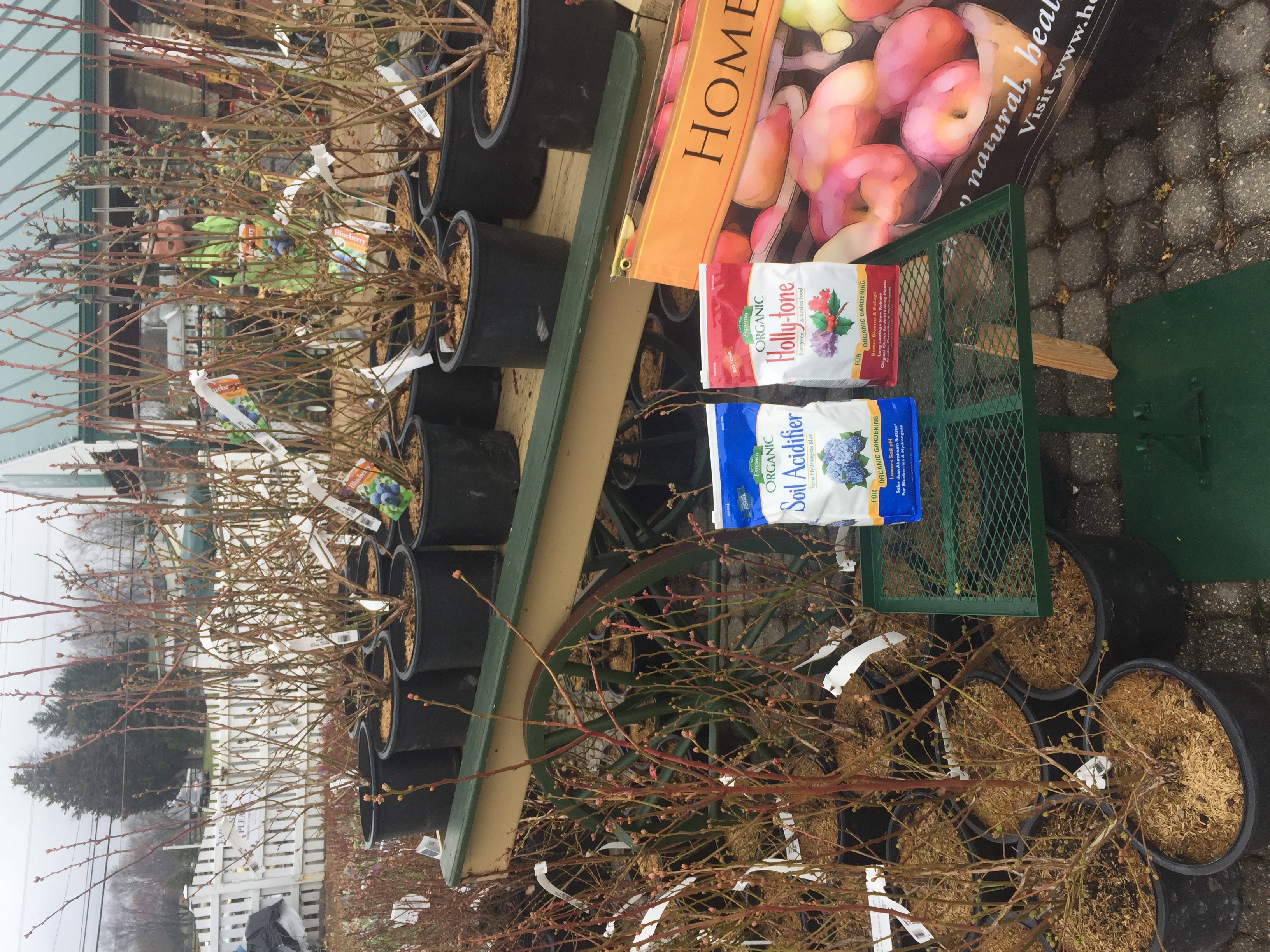
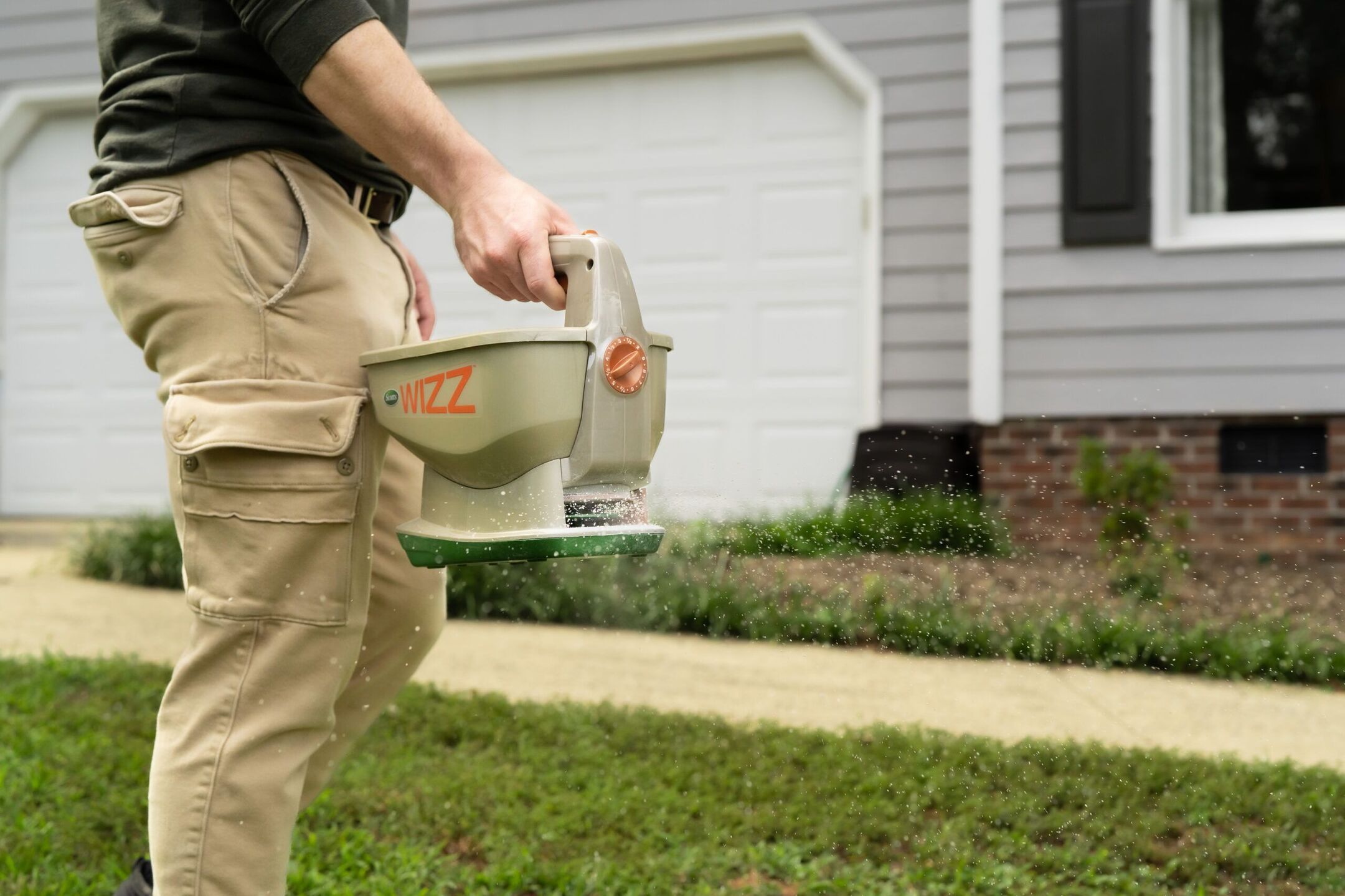
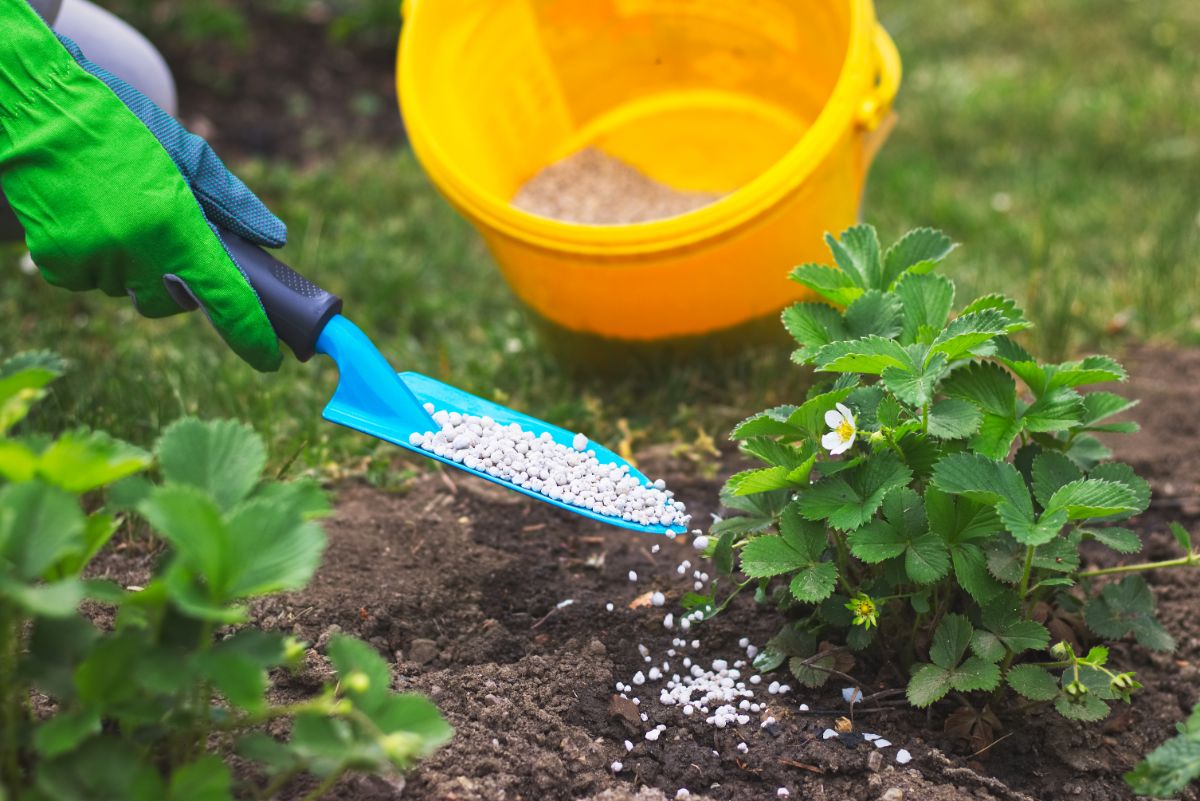
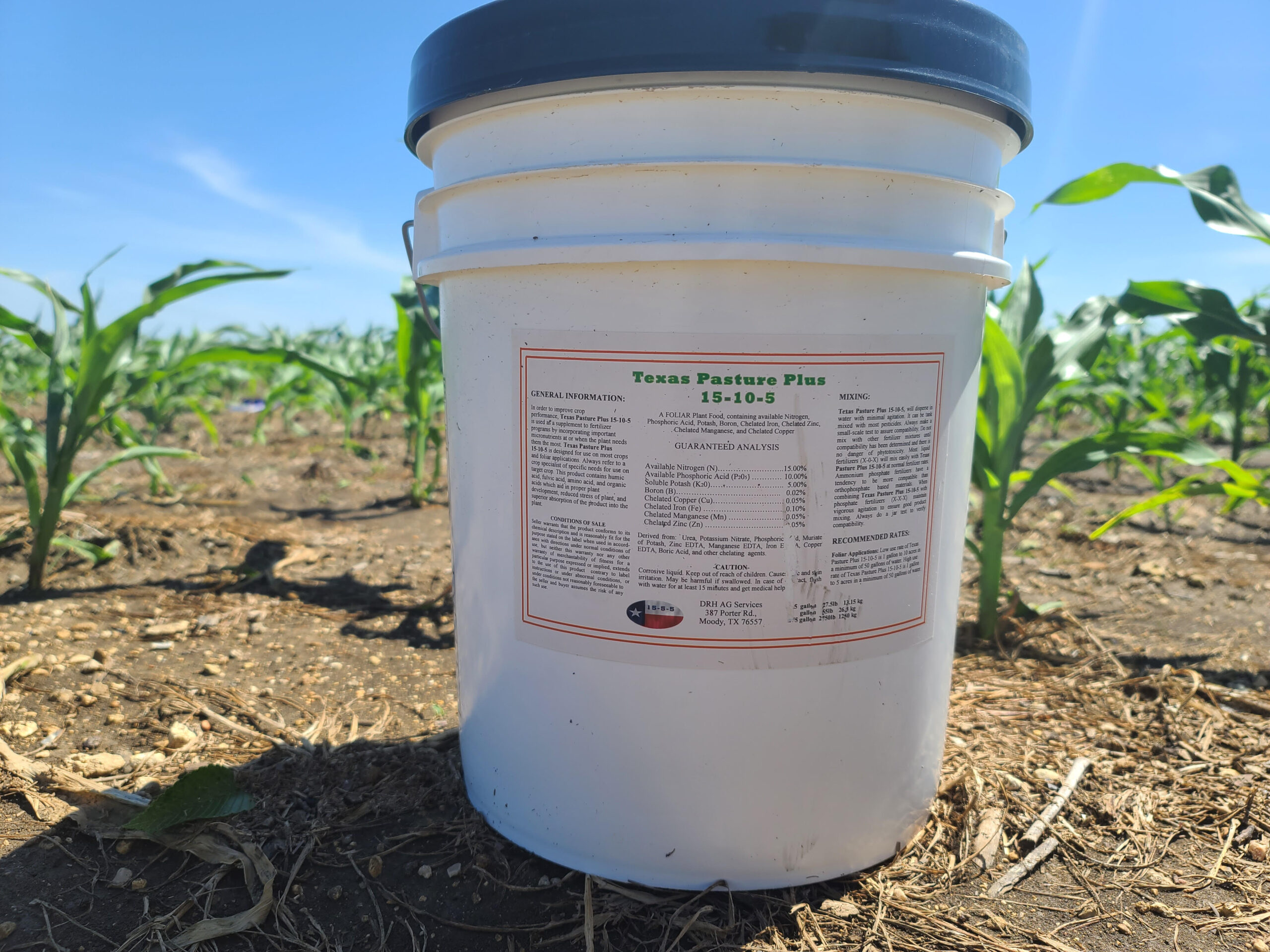
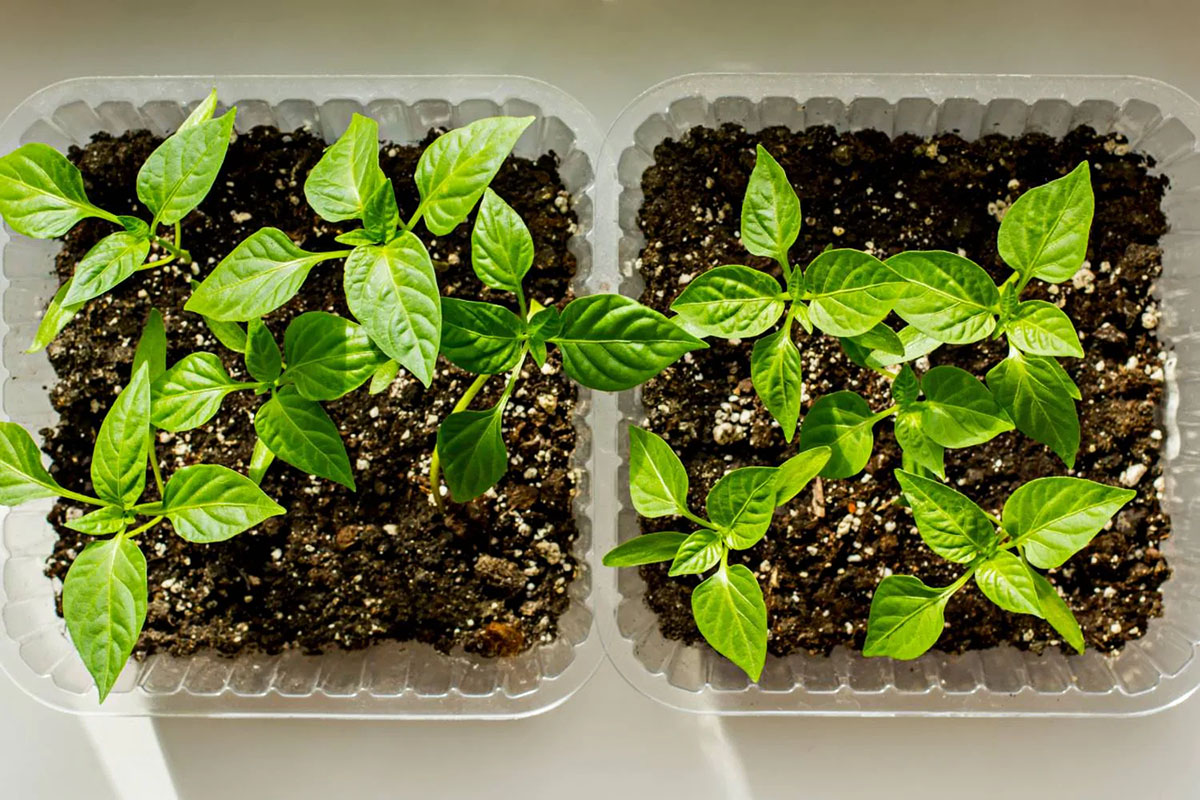
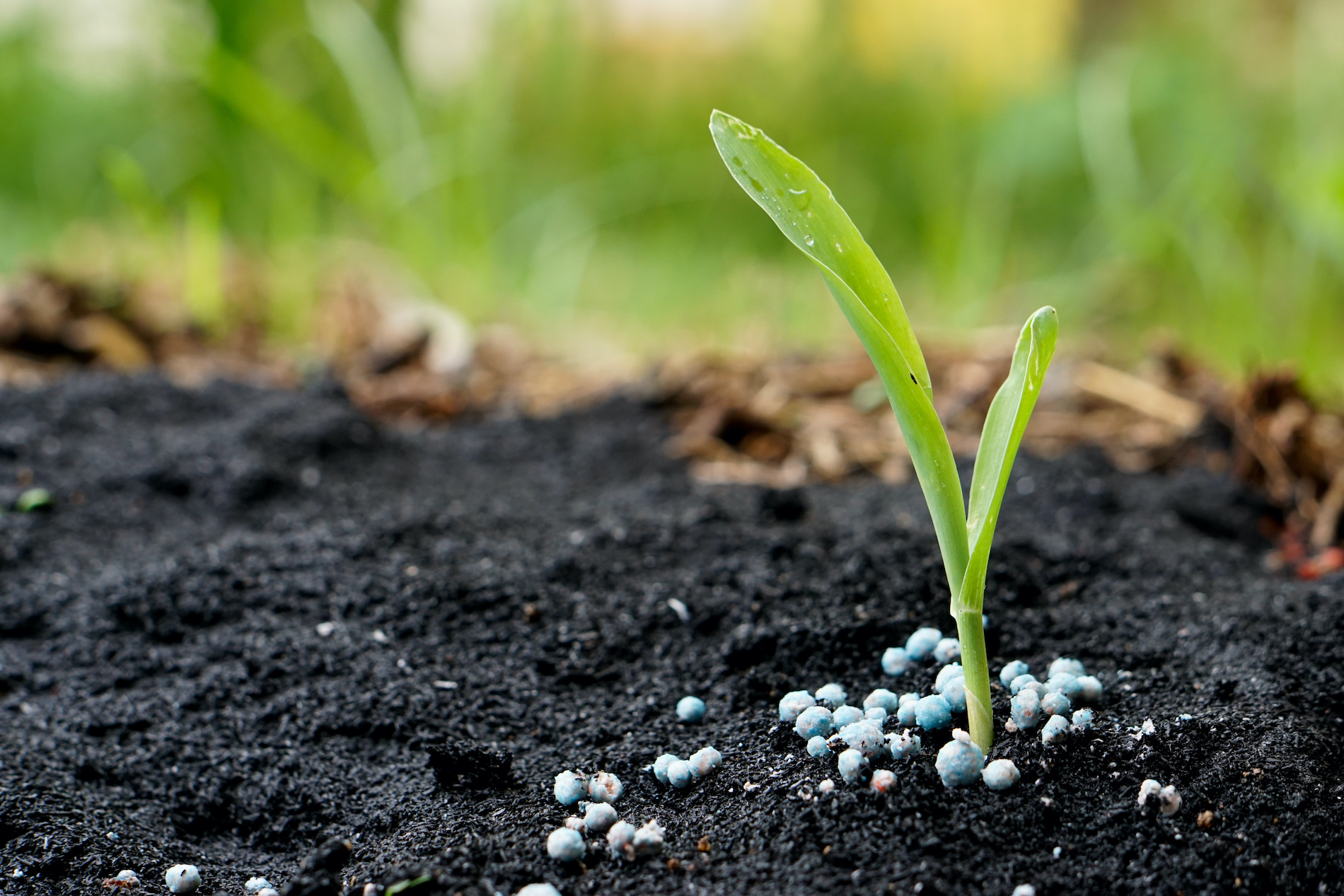
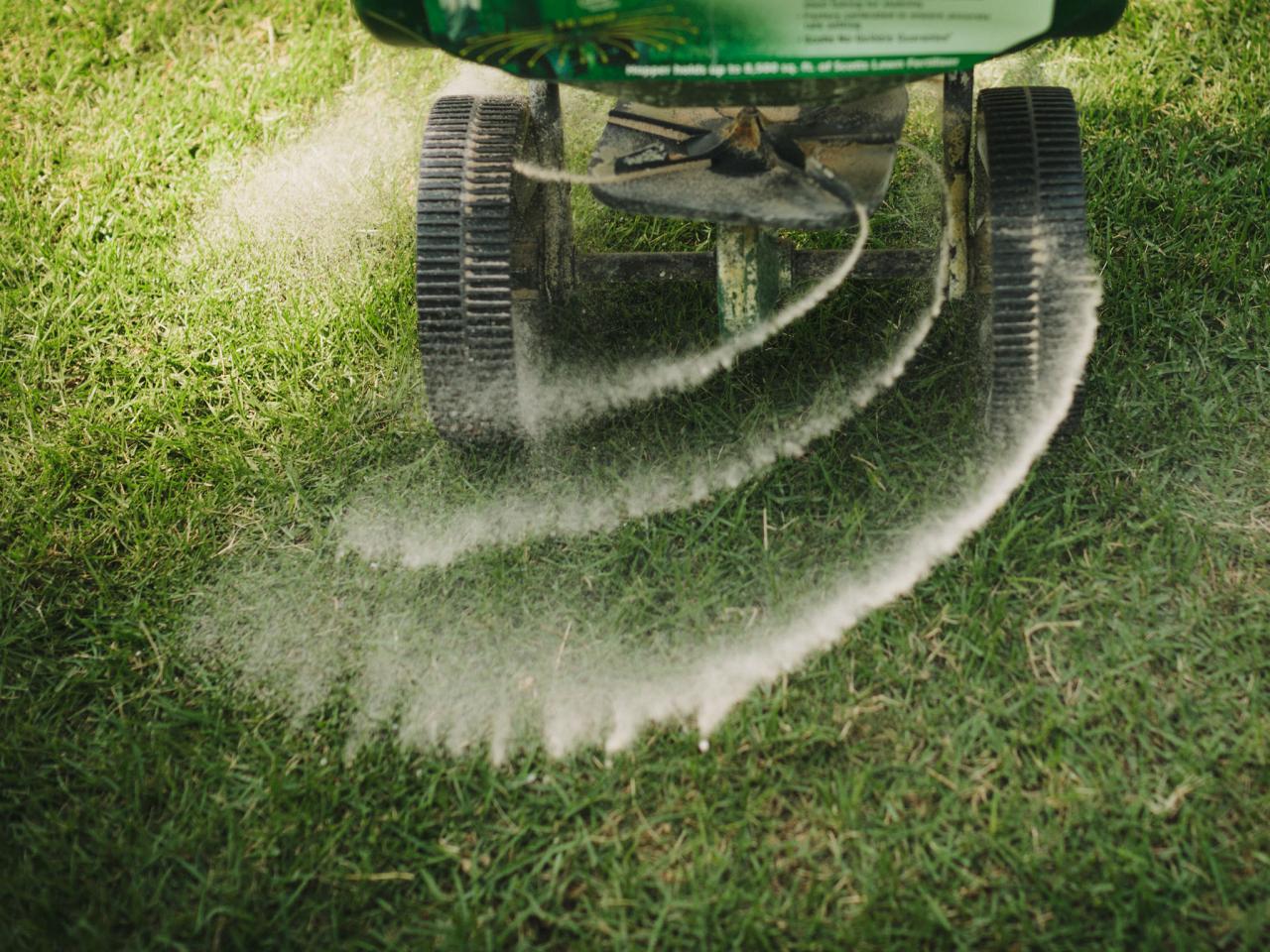
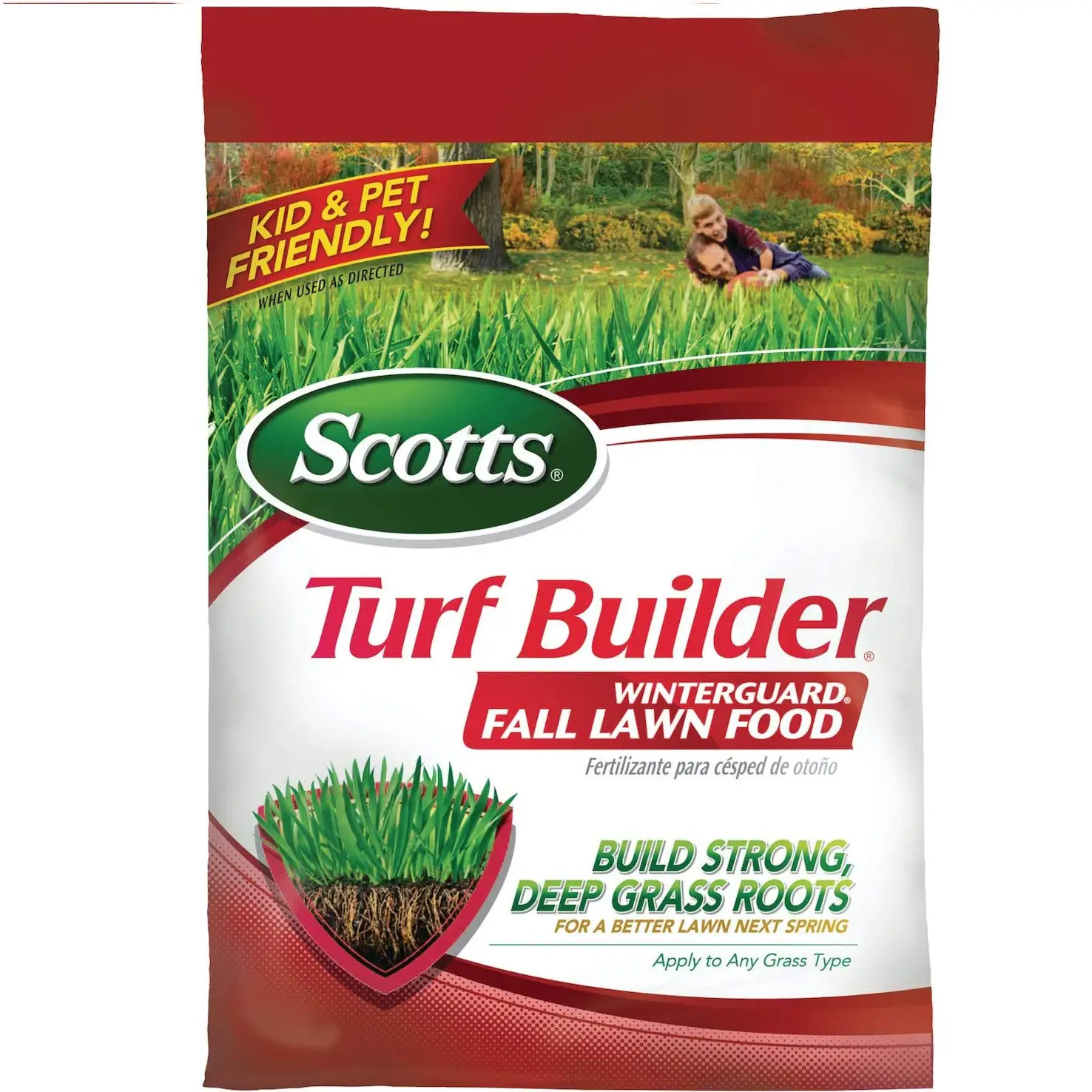
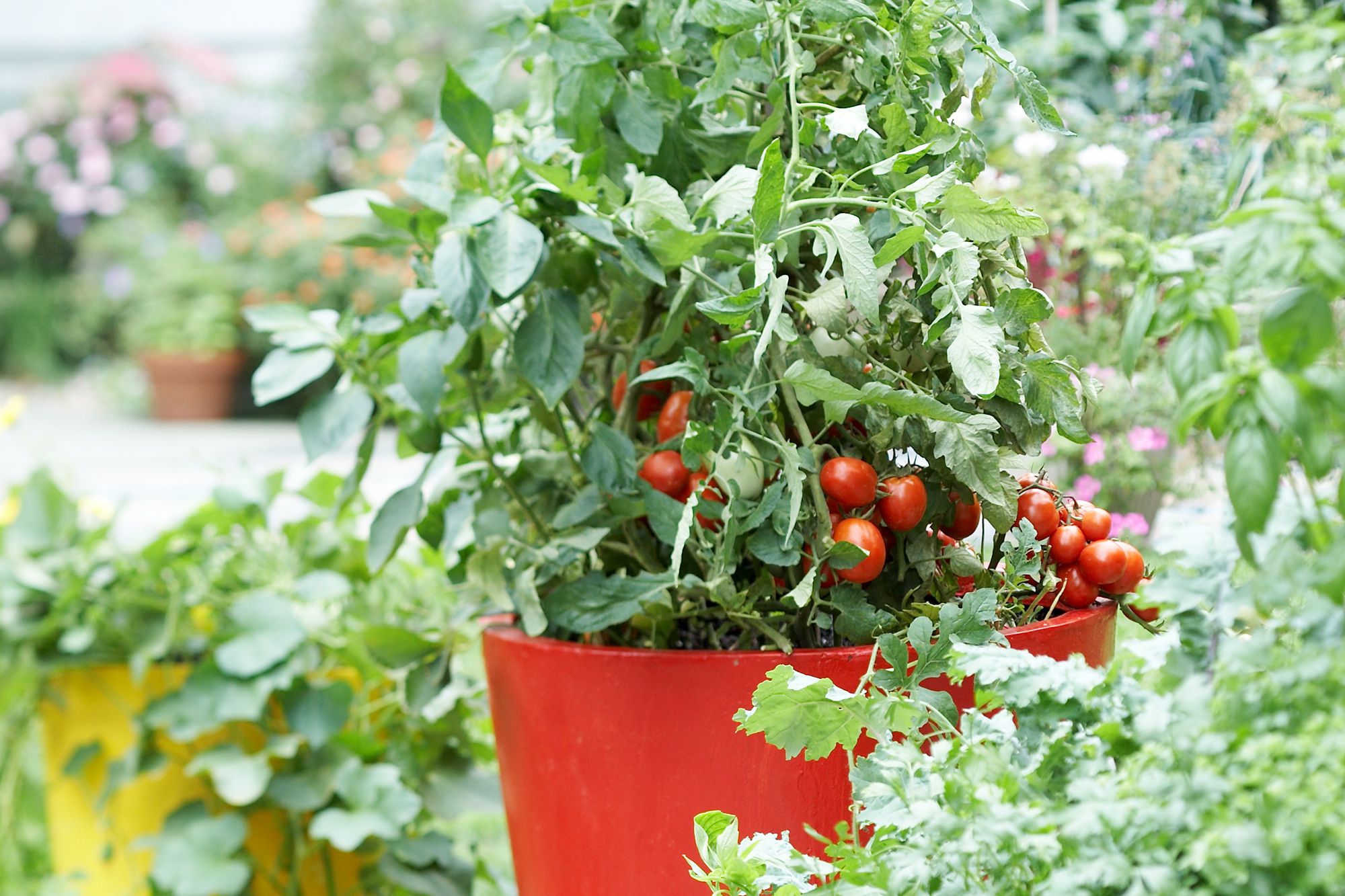

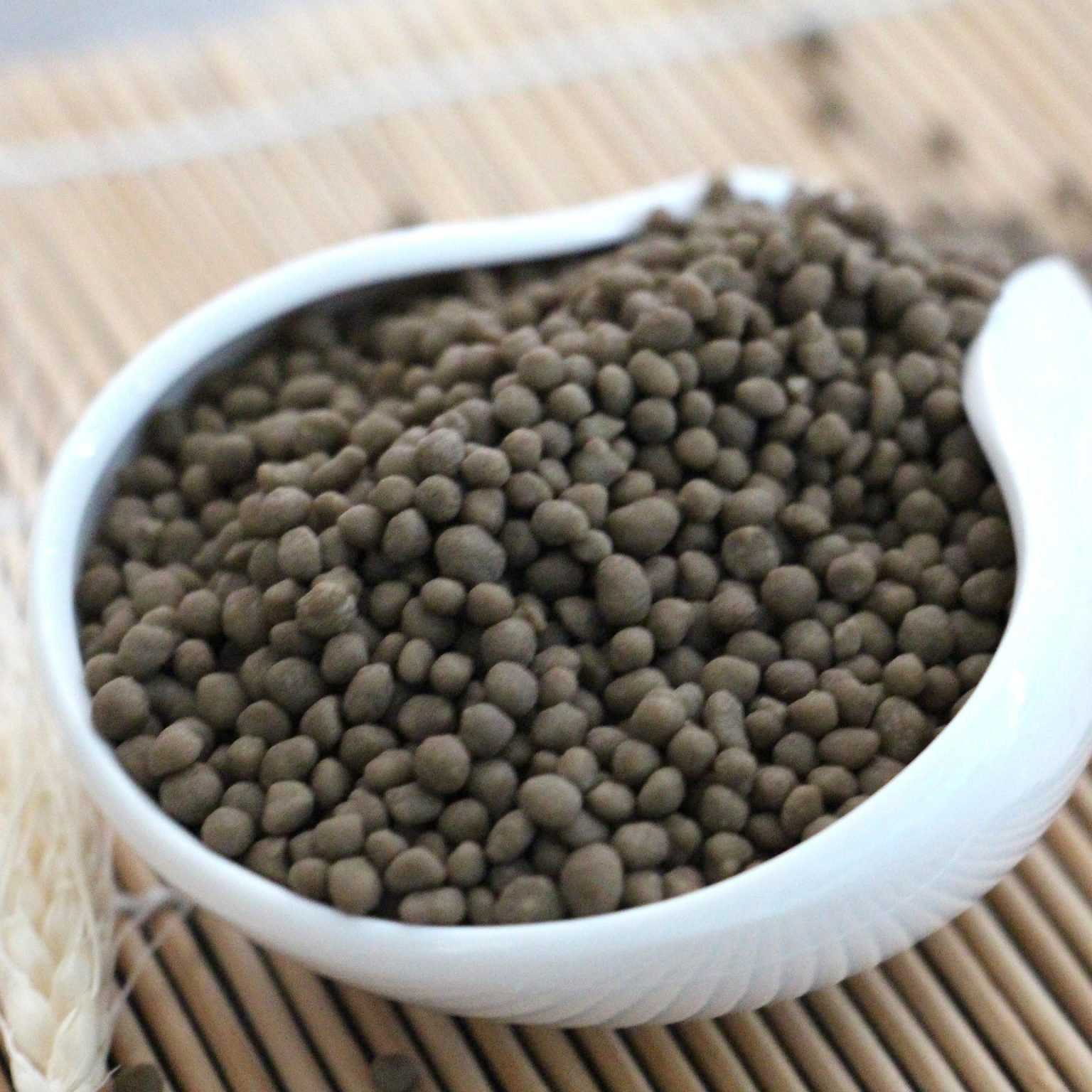
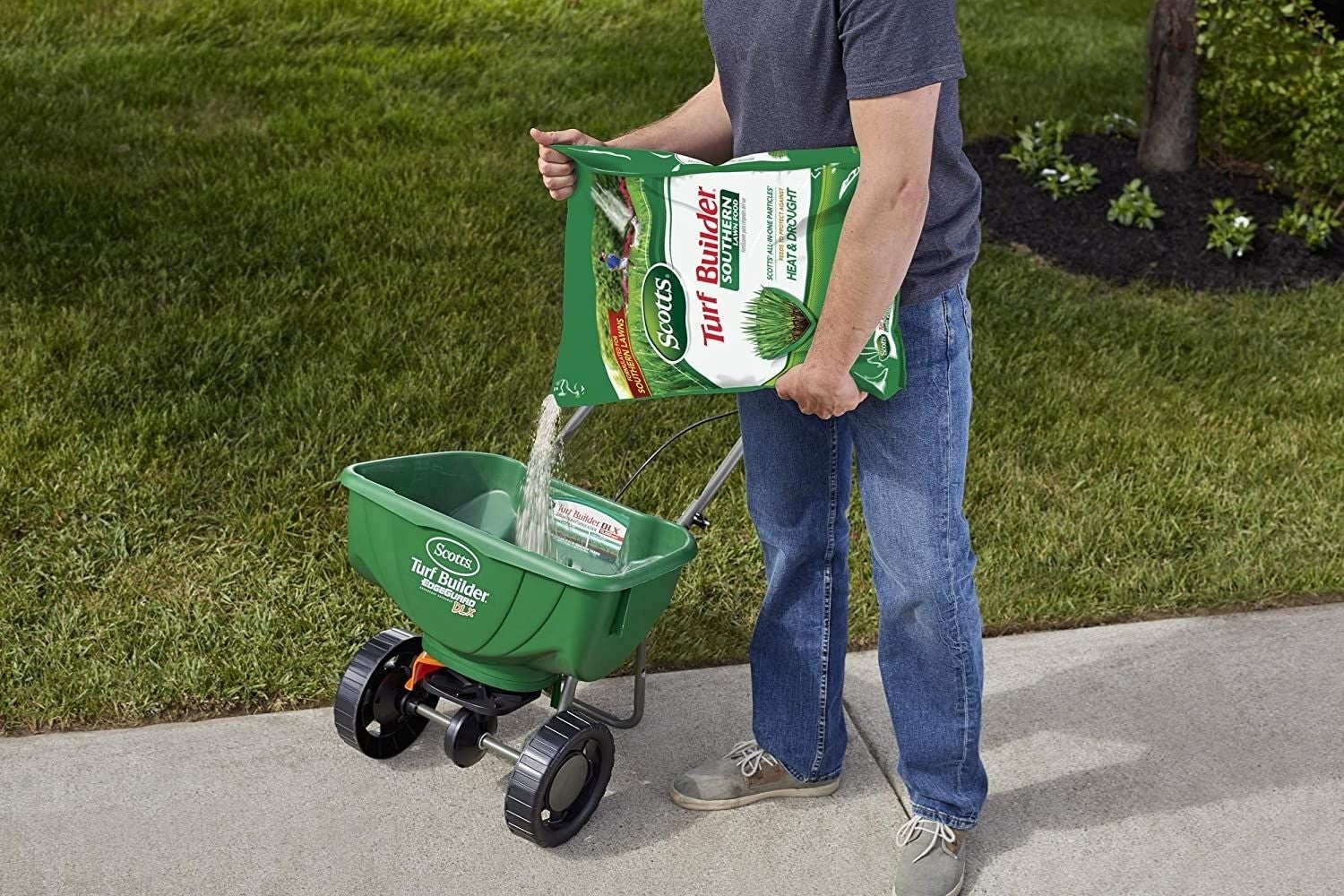

0 thoughts on “What Is Best Fertilizer For Tomatoes”